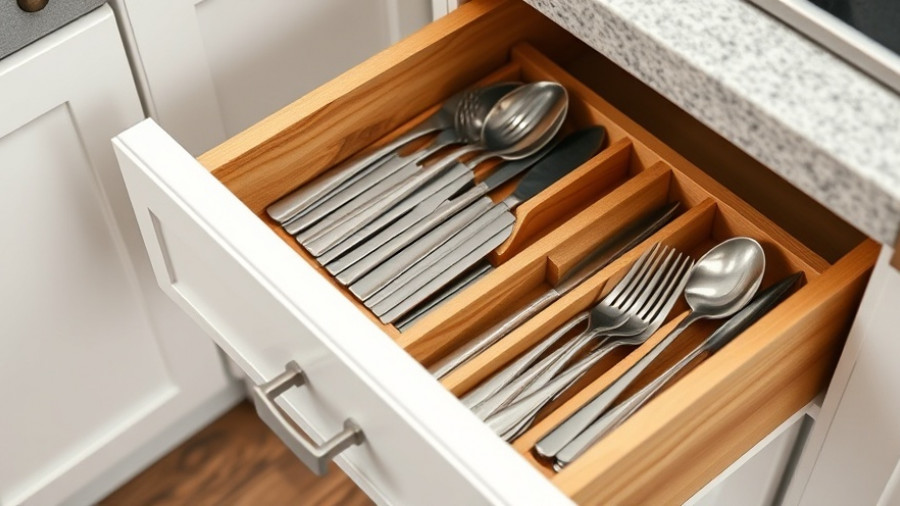
Avoiding Chaos: Planning for Your Move
Moving into your first home should be an exciting venture rather than a source of stress. One of the best ways to ensure a smooth transition is through thoughtful planning ahead of time. As you prepare for what might feel like a whirlwind of tasks leading up to moving day, thinking ahead can help mitigate chaos. The pre-move essentials phase is crucial; by preparing utilities, services, and mail updates in advance, you won’t be overwhelmed on your first night in your new home.
Early Preparation: Utility and Mail Set-Up
Start your plans about two to three weeks before your moving date. Typically overlooked but crucial, setting up utilities is often a top priority. Reach out to providers for electricity, gas, and water to ensure a smooth transition with no lapses in service. Additionally, don’t forget to submit a change of address with USPS and notify your bank and insurance companies. These preparatory steps are not just administrative tasks; they will lay the groundwork for a successful transition.
Keeping Connected: Internet and Cable Installation
In today’s digital age, internet connectivity is key. Prioritizing the installation of internet and cable services can prevent setbacks as soon as you step into your new space. Research local providers and compare plans to find the best fit for your financial situation. Booking an installation date ahead of time ensures you’re not left disconnected as you settle in.
Making Your Move: Strategies for Moving Day
On moving day, organization is your ally. Pack a first-day essentials kit that covers everything from toiletries to a few kitchen supplies. Consider packing a small box labeled "Open First" to keep your essentials handy. As you prepare to move your possessions, remember to safeguard your valuables with bubble wrap and secure packing techniques. Additionally, coordinating with movers a few days in advance can streamline the unloading process—this way, you can ensure everything runs smoothly.
Room-by-Room Essentials: Completing Your New Space
Your new home will require more than just basic utilities. A room-by-room essential checklist is beneficial as you unpack and set up each area. Begin with the kitchen, where you’ll need cookware and dining essentials, then move to the living space to set up comfortable seating. Gradually turn your house into a home by incorporating personal touches in the form of decor and furniture that resonate with your style.
Emotional Aspects of Homeownership
Owning a home is not only a financial investment but an emotional journey. Many first-time homeowners feel a mix of excitement and anxiety, and that’s perfectly normal. The emotional weight can stem from wanting everything to be perfect right out of the gate. Embrace this chaos by noting that it’s all part of crafting a personal space. Ultimately, it’s essential to take time to enjoy the process, whether it’s painting a wall or exploring your new neighborhood.
Your Journey in Homeownership Denotes New Life
A first home is a significant milestone that signals independence and opportunity. Every corner of your new place holds the potential for new memories and experiences. As you settle in, remember that every effort you put into your first home setup lays a foundation for future happiness. Don't just focus on the logistical tasks at hand but also take a breath to appreciate the journey you’re on.
With these strategies in hand, you’re equipped to take your first steps toward a comfortable and welcoming home. Get organized and embrace the joy that comes with making a space uniquely yours!
 Add Row
Add Row  Add
Add 




Write A Comment